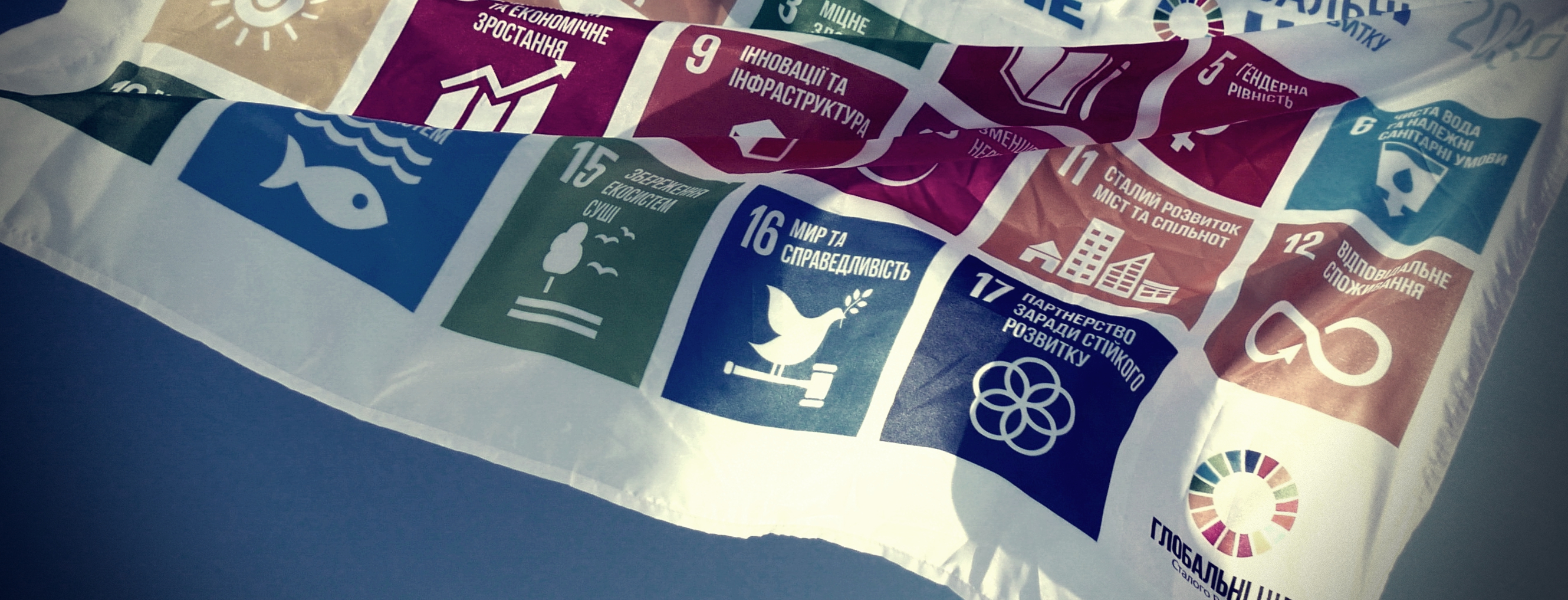By Verena Girschik
◦ 2 min read ◦
Notwithstanding promises of win-wins and synergies, we have good reasons to question whether companies address social problems in society’s best interests. As many critics have pointed out, companies tend to promote solutions that foster their commercial interests – often without considering their broader social impact.
Do our suspicions stop them? Of course not. Companies are usually well aware of any concerns and continuously evaluate the risk of prompting a controversy around their social activities. When they don’t have the social license to operate, they simply cultivate relations with organizations that do and get them to act on their behalf. Using such relational strategies, companies’ efforts remain hidden from public scrutiny insofar as they operate under the radar. Smart!
It’s not quite that simple, however. Legitimate organizations such as NGOs are just as aware of those widespread suspicions, and they are therefore often reluctant to work with companies. Indeed, if an organization’s relations with companies are perceived to be inappropriate, the organization risks exacerbating concerns around corporate influence and may thereby jeopardize its legitimacy too. The widespread suspicions of companies’ intentions thus make it more difficult for companies to participate in social change. Let’s call this a legitimacy barrier.
Overcoming the legitimacy barrier through relational work
How do companies overcome the legitimacy barrier and become legitimate actors in social change? In a recent publication (Girschik, 2020), I theorize how companies may engage in relational work to cultivate and shape their relations with legitimate organizations in such ways that redefine their involvement as socially responsible and thus legitimate. The paper details that companies can take four interdependent steps:
- Cultivating communal relations: As a first step, companies can form or strengthen personal relations with people who work for legitimate organizations and who are likely to be interested in addressing the social problem in question. On a personal rather than organizational level, it is easier to align and create a shared understanding of potential courses of action.
- Extending organizational support: Once a shared understanding is evolving, the company can start diligently targeting resources that enable the other organization to boost its activities and address the social problem. Such support has to happen on the organizational level to make sure that it is not considered for individual gain.
- Articulating a partnership: Because the second step produces salient practical outcomes and illustrates the benefits of corporate involvement, it opens a window of opportunity to formalize collaboration through a partnership agreement. As part of this agreement, the company can participate in defining not only further courses of action but also the company’s role.
- Differentiating as a socially responsible company: At this point, the company’s competitors have likely become interested and may try to imitate the company’s involvement by forming partnerships with the same or similar legitimate organizations. That’s a good thing for the first-moving company because it promotes the legitimacy of such partnerships. And benefiting from its strong relational embedding, the company is likely to outperform competitors through superior compliance with expectations. Being perceived as less sincere, competitors’ efforts are thus less strategically valuable and the first-moving company stands out as most socially responsible.
This process is time- and resource-consuming, but my study shows that it may pay off: it may enable companies to legitimate their involvement in social change while securing a competitive edge.
For better or worse?
These four steps explicate subtle yet consequential efforts through which companies may shape social change. The good news is that it is not easy and takes genuine long-term commitment. The bad news is that companies’ commercial interests may inform and mold trajectories of social change while their actual influence is hidden under a CSR veil. We need to keep deconstructing the relational constellations through which companies establish and exert their influence.
Reference
Girschik, V. (2020). Managing Legitimacy in Business‐Driven Social Change: The Role of Relational Work. Journal of Management Studies, 57(4), 775-804.
About the authors
Verena Girschik is Assistant Professor of CSR, Communication, and Organization at Copenhagen Business School (Denmark). She adopts a communicative institutionalist perspective to understand how companies negotiate their roles and responsibilities, how they perform them, and with what consequences. Empirically, she is interested in activism in and around multinational companies and in business–humanitarian collaboration. Her research has been published in the Journal of Management Studies, Human Relations, Business & Society, and Critical Perspectives on International Business. She’s on Twitter: @verenacph
Source: photo by Kelly Sikkema on Unsplash


